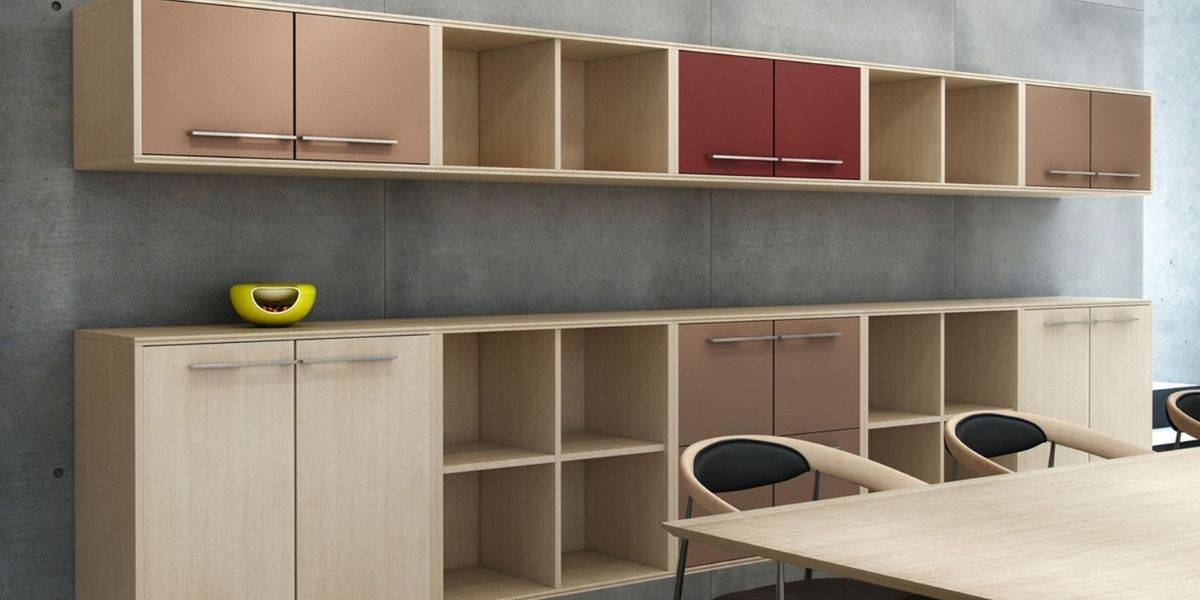Challenges of Installing Cabinets on Unsquare Walls

Installing cabinets on walls that are not perfectly square can present a unique set of challenges for both DIY enthusiasts and professional contractors. While minor imperfections are common in most homes, significant deviations can lead to misaligned cabinets, uneven gaps, and ultimately, an aesthetically unpleasing finished product.
Consequences of Ignoring Wall Imperfections, Installing cabinets on unsquare walls
Ignoring wall imperfections during cabinet installation can have several consequences, ranging from minor aesthetic flaws to major structural issues.
- Misaligned Cabinets: When walls are not square, cabinets installed without accounting for the discrepancies will appear misaligned, creating an uneven and unprofessional look.
- Uneven Gaps: The gaps between cabinets and walls may vary significantly, resulting in an uneven appearance and potential issues with functionality, especially when doors and drawers are opened and closed.
- Stress on Cabinets: Installing cabinets on uneven walls can put unnecessary stress on the cabinet structure, leading to potential warping, cracking, or even structural failure over time.
- Difficulty with Functionality: Misaligned cabinets can make it difficult to access drawers and doors, and may hinder the proper operation of cabinet hardware, such as hinges and slides.
Methods for Adjusting Cabinets to Unsquare Walls

Installing cabinets on walls that are not perfectly square can be a real challenge. However, with the right techniques and tools, you can achieve a professional-looking and functional installation.
Shimming Cabinets for Wall Imperfections
Shimming is a common technique used to compensate for wall imperfections and ensure that cabinets are level and flush. This involves placing thin pieces of material, known as shims, between the cabinet and the wall to create a solid and stable base.
Here’s a step-by-step guide to shimming cabinets:
- Prepare the Wall: Before starting, ensure the wall is clean and free from debris. Any loose plaster or paint should be removed to prevent shims from slipping.
- Level and Plumb the Cabinet: Use a level and plumb bob to determine the exact position of the cabinet on the wall. Mark the wall with a pencil to indicate the desired location.
- Install the Cabinet: Attach the cabinet to the wall using screws or nails, but do not tighten them fully. Leave a small gap for shimming.
- Insert Shims: Place shims between the cabinet and the wall at the points where there are gaps or unevenness. Start with small shims and gradually add more until the cabinet is level and plumb.
- Check and Adjust: Use the level and plumb bob to verify that the cabinet is perfectly aligned. If needed, adjust the shims until the cabinet is in the correct position.
- Secure the Cabinet: Once the cabinet is level and plumb, tighten the screws or nails to secure it to the wall.
Types of Shims and Their Applications
Various types of shims are available, each suited for specific wall irregularities.
- Wood Shims: These are the most common type of shims and are readily available at most hardware stores. They are typically made of hardwood and come in various thicknesses. Wood shims are ideal for general-purpose shimming and can be easily cut to size.
- Plastic Shims: Plastic shims are durable and moisture-resistant, making them suitable for use in damp environments. They are also available in various thicknesses and can be cut to size.
- Metal Shims: Metal shims offer superior strength and stability compared to wood or plastic shims. They are often used for heavy cabinets or in applications where a high level of precision is required.
- Adjustable Shims: These shims are designed to adjust the height or thickness of the shim. This allows for precise leveling and adjustments without having to use multiple shims.
Tools and Materials for Installing Cabinets on Unsquare Walls

Tackling the challenge of installing cabinets on unsquare walls requires a specialized toolkit and materials. You’ll need tools for precise measurements, cutting, and leveling, along with materials for adjusting the cabinets to fit the uneven walls.
Essential Tools and Materials
A well-equipped toolbox is essential for ensuring a successful and professional-looking cabinet installation. Here’s a comprehensive list of tools and materials:
- Measuring Tape: A high-quality measuring tape is crucial for accurate measurements, especially when dealing with uneven walls.
- Level: A level is essential for ensuring that the cabinets are installed horizontally and vertically. A 4-foot level is generally recommended for cabinet installations.
- Stud Finder: A stud finder helps locate wall studs for secure cabinet mounting. This is crucial for ensuring stability and preventing the cabinets from pulling away from the wall.
- Power Drill: A power drill with a variety of drill bits is essential for drilling pilot holes and securing the cabinets to the wall studs.
- Circular Saw: A circular saw is required for precise cutting of cabinet base and wall cabinets to fit the uneven wall dimensions. A circular saw with a guide rail can help ensure straight and accurate cuts.
- Jigsaw: A jigsaw is used for intricate cuts, especially for making adjustments to cabinets around obstacles or for fitting cabinets into tight spaces.
- Safety Glasses: Always wear safety glasses when working with power tools to protect your eyes from flying debris.
- Ear Protection: Ear protection is crucial when using power tools to prevent hearing damage.
- Work Gloves: Work gloves protect your hands from cuts, splinters, and other hazards while working with tools and materials.
- Hammer: A hammer is essential for driving nails and securing cabinet components.
- Screwdriver Set: A screwdriver set with various sizes and types of bits is needed for attaching cabinet components and securing the cabinets to the wall.
- Pencil: A pencil is used for marking measurements and outlining cuts on cabinet components.
- Clamps: Clamps are useful for holding cabinet components together while securing them with screws or nails.
- Caulk Gun: A caulk gun is used to apply sealant around the edges of cabinets to prevent water damage and create a smooth finish.
- Caulk: Silicone or polyurethane caulk is used to seal gaps between cabinets and the wall, preventing water damage and creating a professional look.
Types of Shims
Shims are thin pieces of material used to level cabinets and adjust them to fit uneven walls. Different types of shims are available, each with its own pros and cons:
| Type | Pros | Cons |
|---|---|---|
| Wood Shims | Easy to cut and shape, readily available | Can warp or crack over time, not ideal for heavy loads |
| Plastic Shims | Durable, moisture-resistant, easy to clean | Less flexible than wood, may not be suitable for all applications |
| Metal Shims | Strong and durable, ideal for heavy loads | Can be difficult to cut and shape, may rust |
| Foam Shims | Flexible and easy to adjust, provide vibration dampening | Not as durable as other materials, may compress over time |
Installing cabinets on unsquare walls is like trying to fit a square peg in a round hole… except the hole is also slightly wonky. But hey, at least you can make those cabinets shine with some awesome 12v under cabinet lighting.
That’ll distract everyone from the fact that your walls are a bit… off-kilter.
Installing cabinets on unsquare walls is like trying to fit a square peg in a round hole – it’s a recipe for frustration. But hey, at least you can always make your kitchen feel brighter by restaining kitchen cabinets lighter.
Just remember, even with the brightest cabinets, those crooked walls will still be a constant reminder that you’re a DIY warrior, not a professional. So, maybe just get a professional to install those cabinets after all, unless you enjoy the thrill of a good carpentry puzzle.